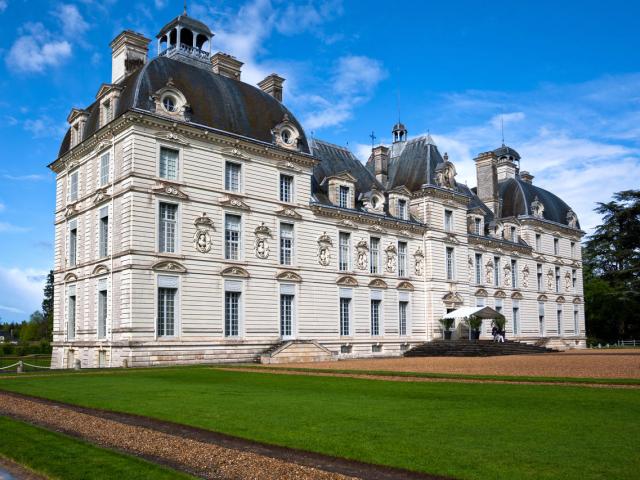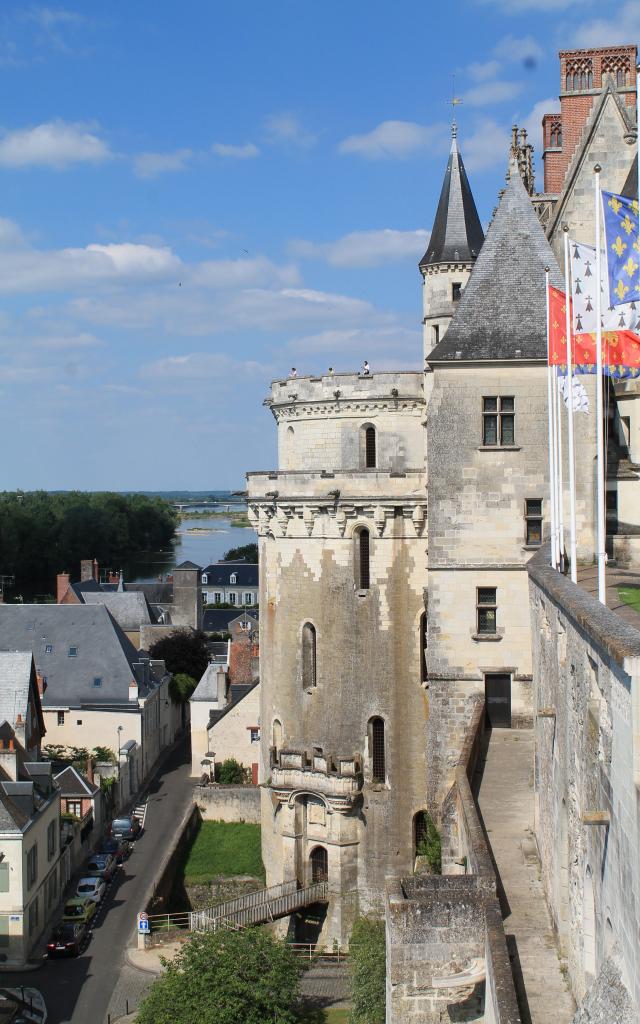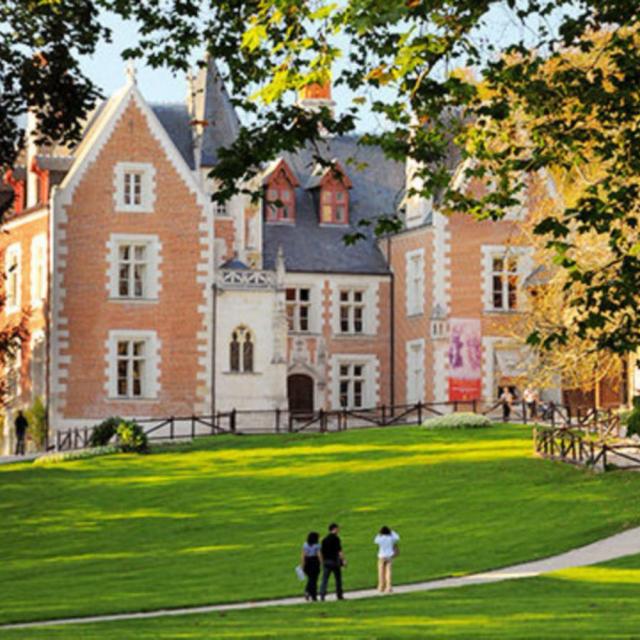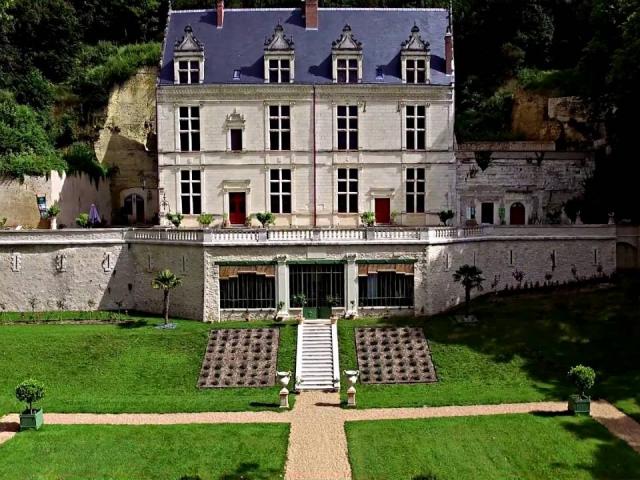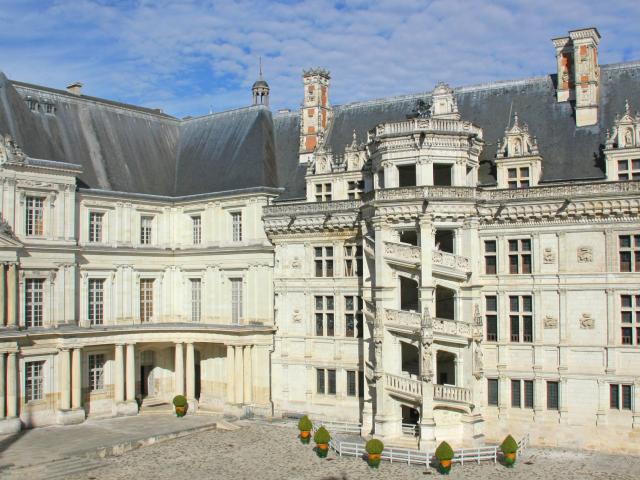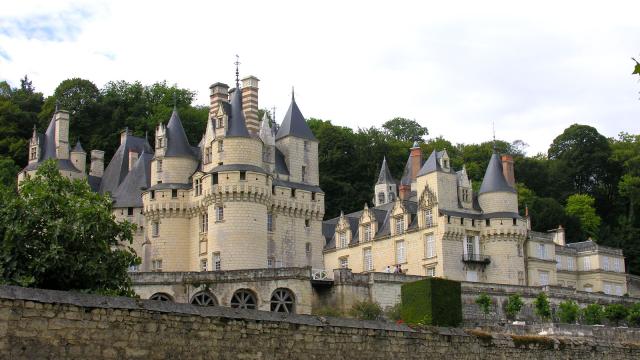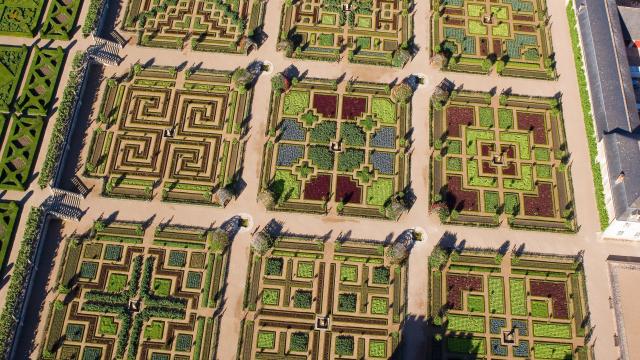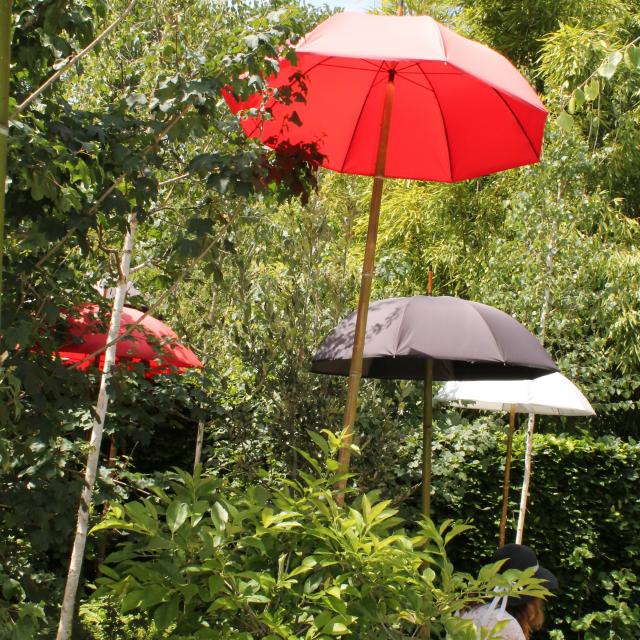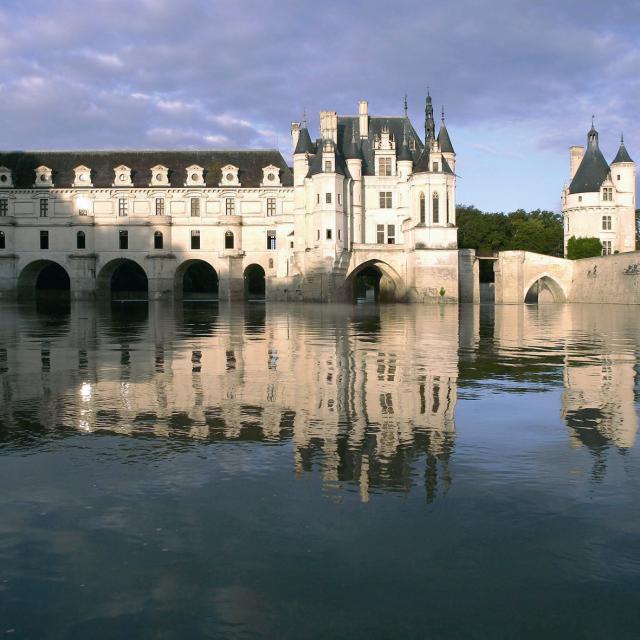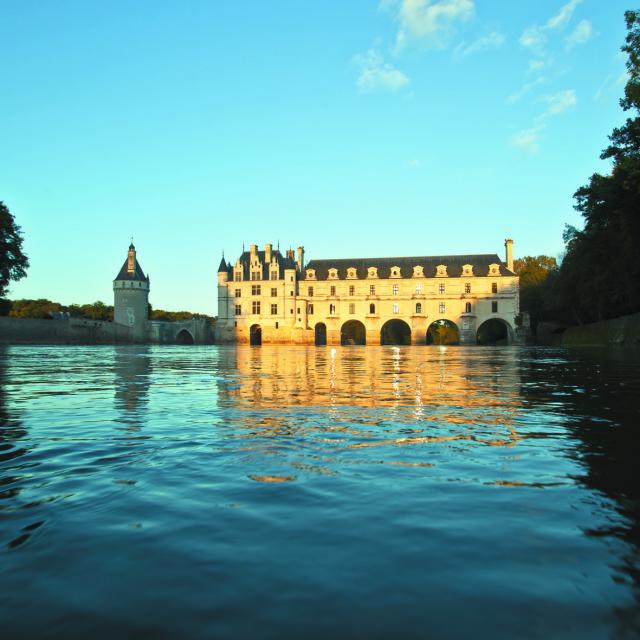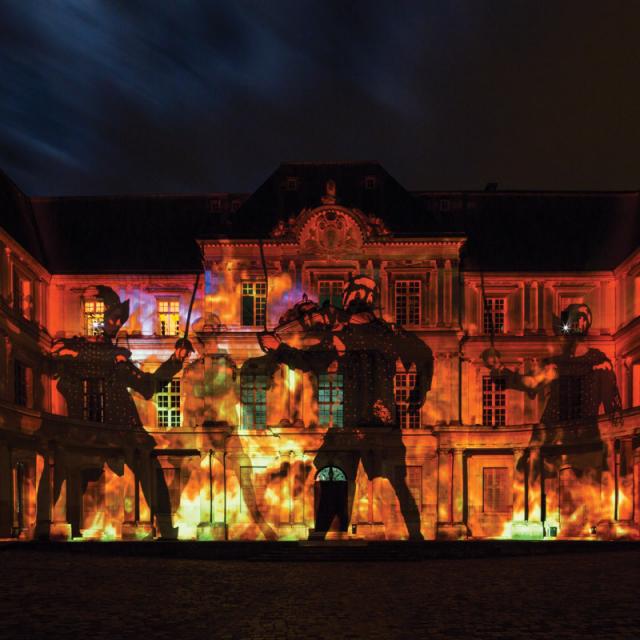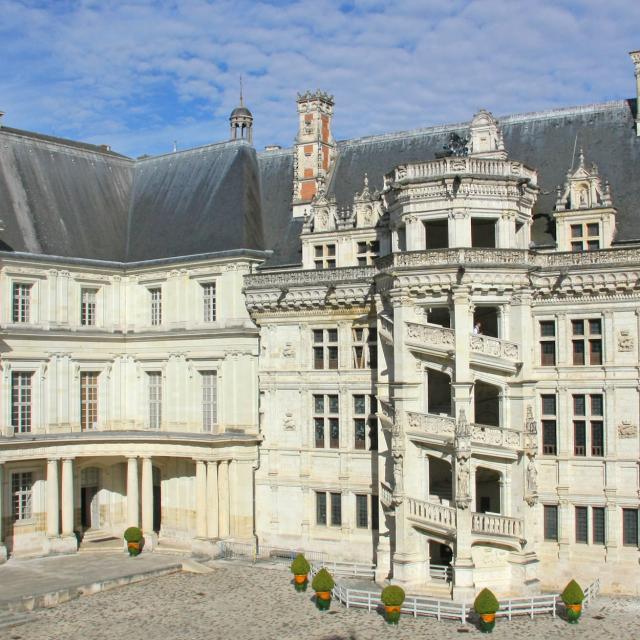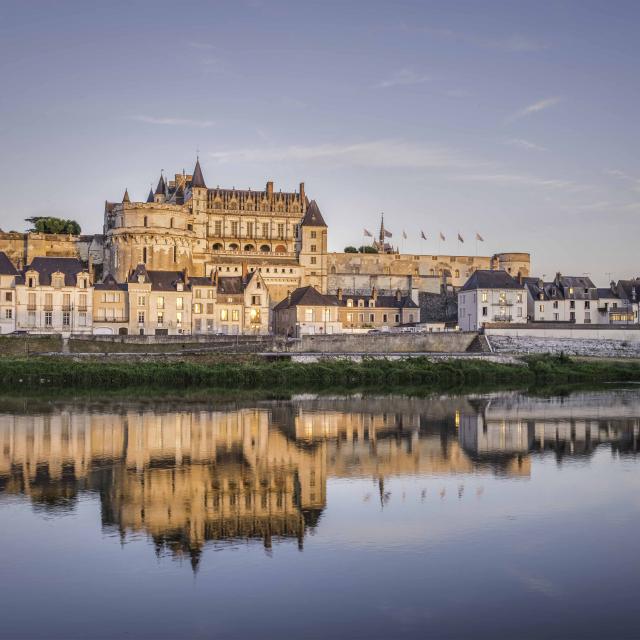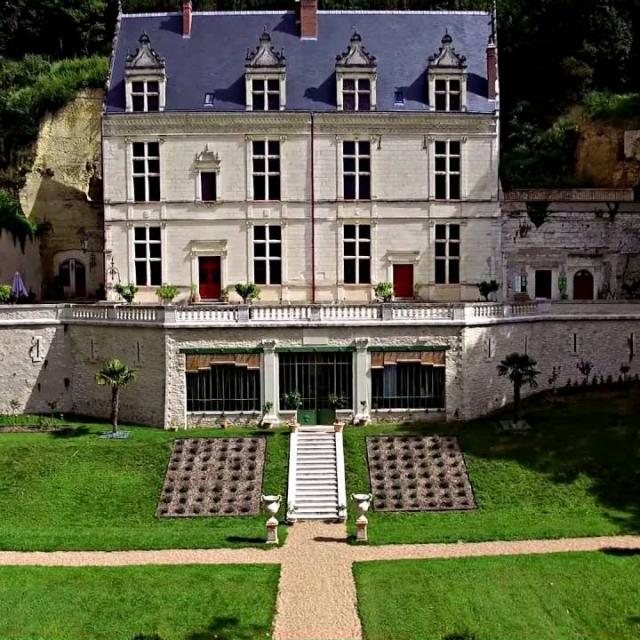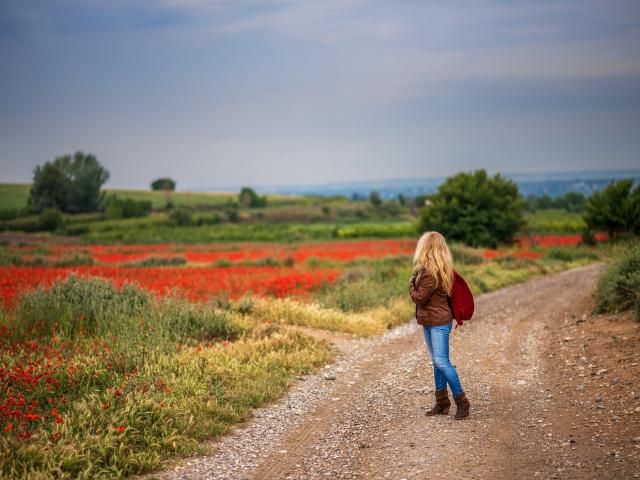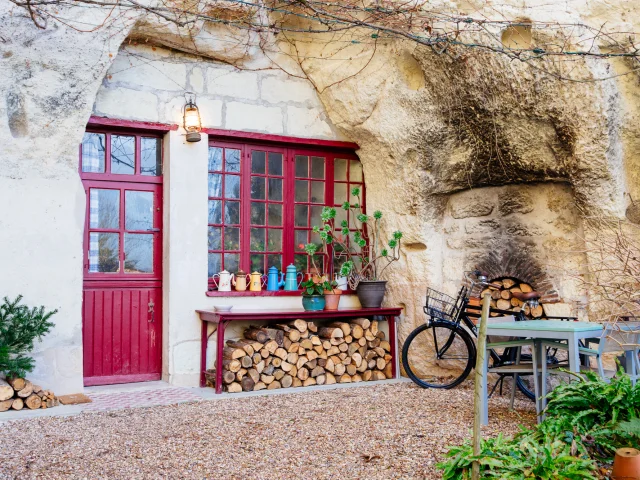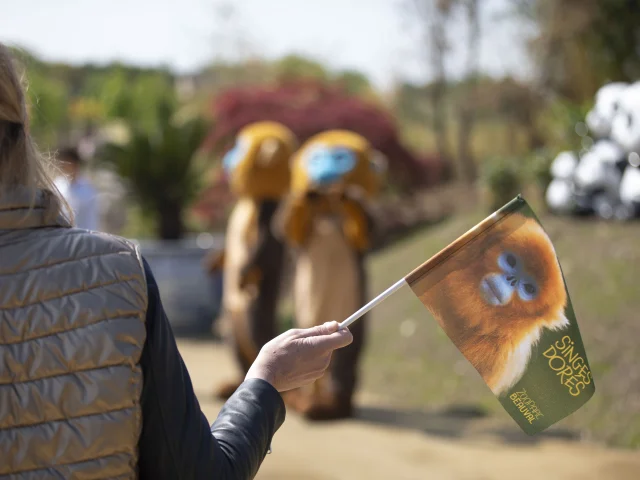A unique architecture gem built over the Cher River…
Integrated into the royal estate by François I, this emblem of the French Renaissance is an outstanding example of elegant château architecture. Its history has been shaped by remarkable women such as Catherine de Medici, Diane de Poitiers, Louise Dupin… which is why Chenonceau’s nickname became the Château des Dames (literally, the”Castle of the Ladies”).
Chenonceau by boat…
For a fresh perspective on this historical jewel of Indre-et-Loire, take a boat ride along the Cher River. Daily departures are available throughout the summer.
 Chateau Chenonceau Val De Loire Roi France
Chateau Chenonceau Val De Loire Roi France


